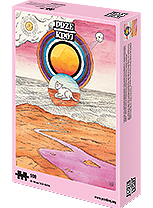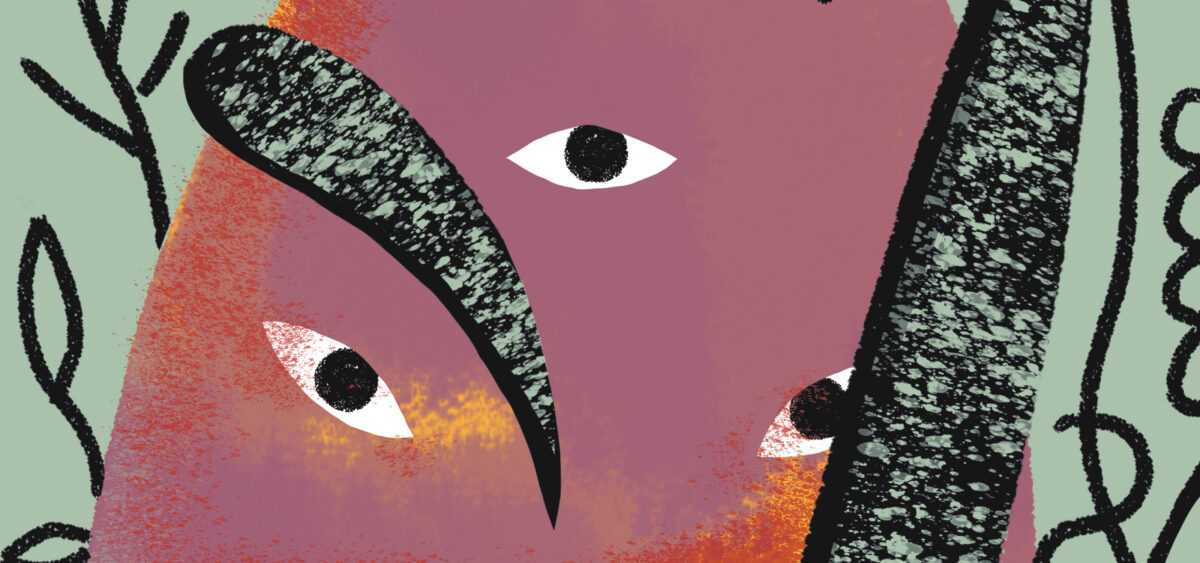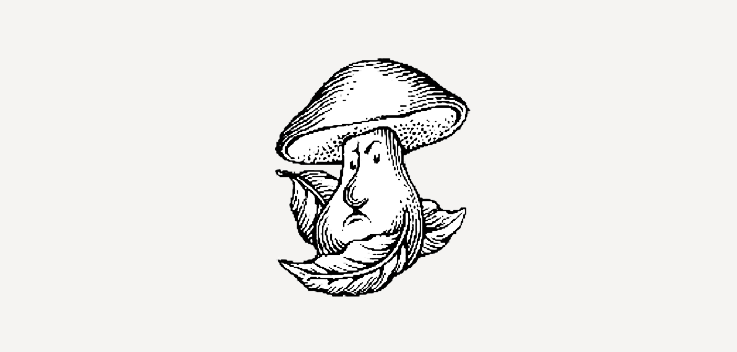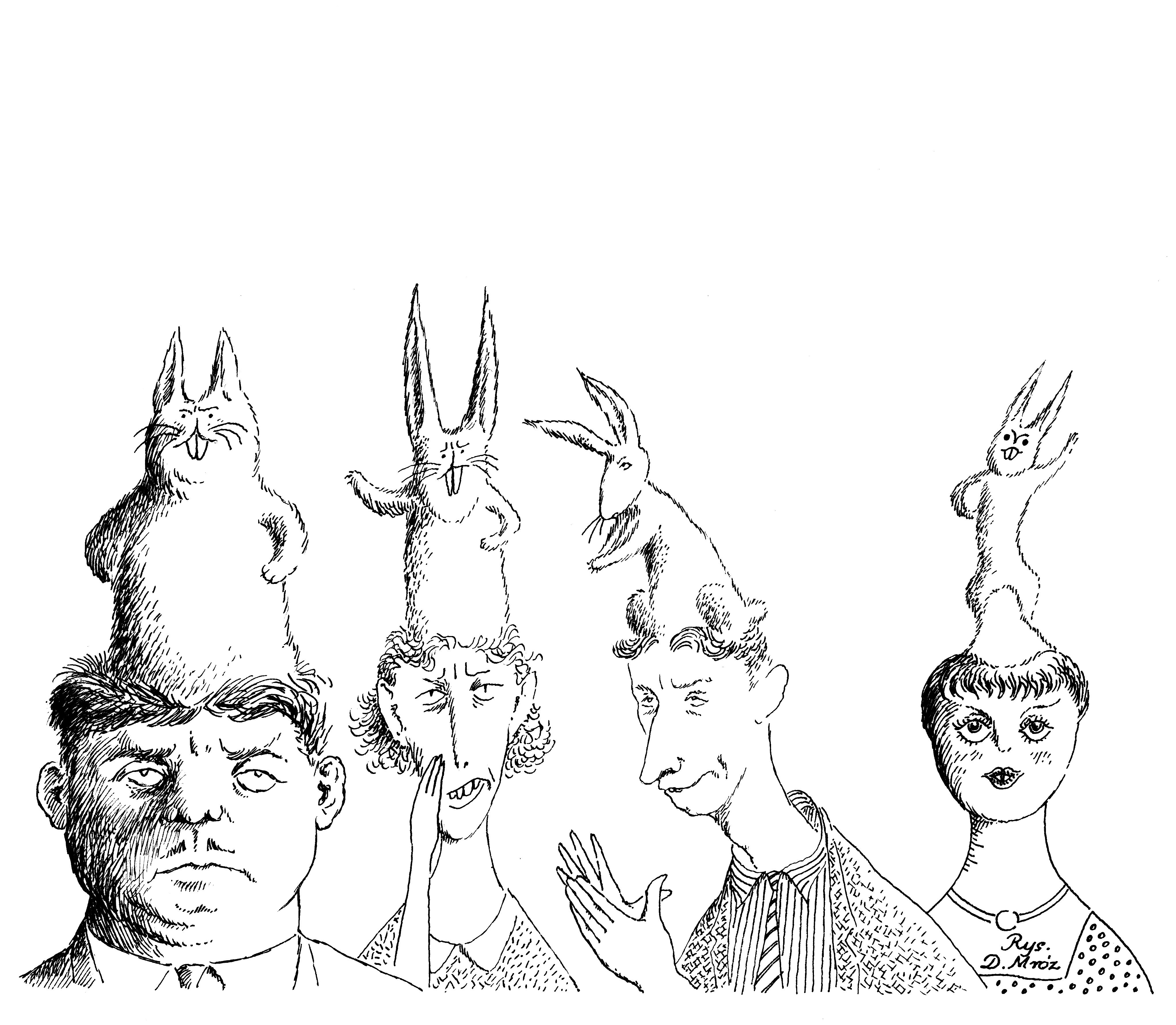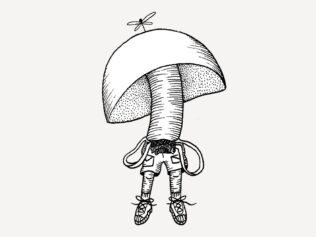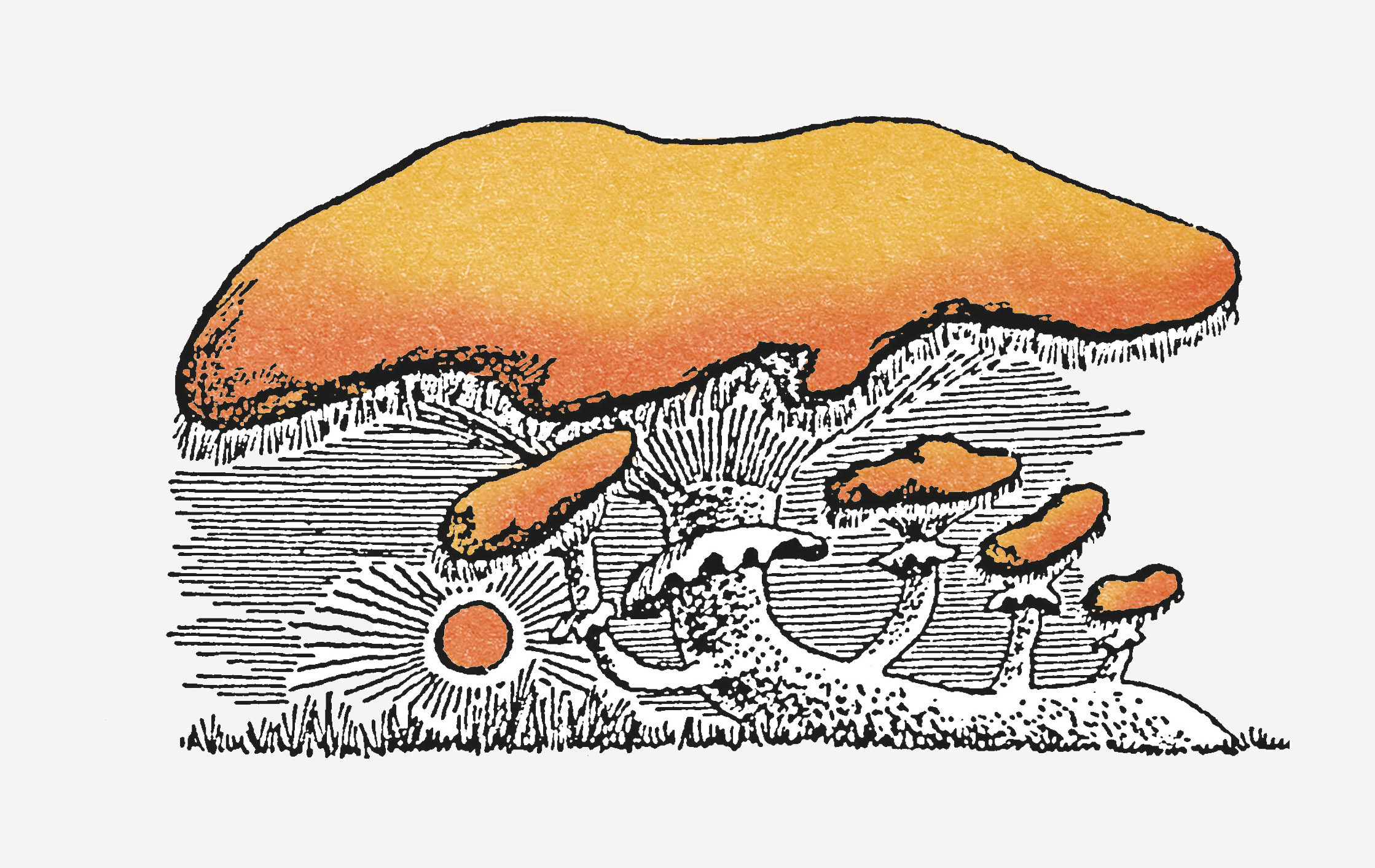
Can mushrooms and other fungi repair ecosystems, rescue the bees and eat toxic waste? They’ve done great on our planet during successive disasters; they have no fear, even of radiation.
Poland’s national season of mushroom picking is in full swing. Mushroom hunters, mycologists and other fungus fans are combing the nooks and crannies of field and forest, in search of porcini, red cherry and honey mushrooms. We fry them, marinate them, make stuffing from them and add them to sauces. But do mushrooms hold more secrets from us, other than these culinary mysteries?
Almost 250 million years ago, at the junction of the Permian – the last period of the Palaeozoic Era (when the great extinction began) – and the Triassic, the oldest period of the Mesozoic (near the end of the Triassic, the first mammals appeared on Earth), a global catastrophe swept 90% of all living species from the face of the planet. The cause of this great extinction is given as a strike by a meteorite. Shockwaves, streams of lava, violent explosions of hot gases and destructive winds (reaching speeds of thousands of kilometres per hour) rolled across the surface of the globe. The planet was completely enveloped in dust and plunged into darkness, which caused the annihilation of most plants and animals. It was then that the fungi took over the earth, using the dead organic matter as their basic source of nutrition.
In the Triassic, the age of the dinosaurs began. Another giant meteor strike killed off these powerful creatures, leading to the biggest extinction of species on the planet. Then the fungi once again took control of our planet, creating symbiotic bonds with the plants, which they helped to survive the great catastrophe.
Eating radiation for breakfast
On 26th April 1986 in Chernobyl, Ukraine an unsuccessful test was conducted in a nuclear power plant. It led to the meltdown of the reactor, an explosion and the release into the atmosphere of huge quantities of radioactive particles. Less than 10 years after the disaster, an article appeared in Science magazine describing the discovery of a certain type of radiotrophic fungus inside the concrete sarcophagus and the cooling system of the shutdown reactor. Research at the Albert Einstein College of Medicine in New York demonstrated that the melanin-equipped thallus of the species is capable of developing in an environment of high radioactivity, exceeding even 500 times the norms observed in nature. A mechanism was also discovered that makes it possible for these fungi to use gamma rays. It turns out that they serve as a source of energy, and are the basis for the fungi’s development – similar to the role sunrays play for plants.
A group of scientists from NASA confirmed earlier hunches and hypotheses about fungi’s ability to survive in outer space. An 18-month series of texts on board the International Space Station proved that fungi from the species Cryomyces antarcticus (also saturated with melanin) are capable of growing in conditions corresponding to those on the surface of Mars. It’s worth remembering that since 7th May 2021 an international debate has been underway over photos taken on the surface of the Red Planet and published by NASA. According to some, they’re evidence of the presence of fungi from the Basidiomycota family.
Omnifungus
Contemporary research demonstrates that the largest organism on Earth by mass is a fungus. The Humongous Fungus, an Armillaria ostoyae, holds the record; it was discovered in 1998 by Catherine Parks, a researcher from the Pacific Northwest Research Station in La Grande, Oregon. An uninterrupted network of fungal mycelia, with an average thickness of one metre, covers an area of more than 880 hectares and is estimated to be almost 2400 years old. This is evidence of an exceptionally effective, evolutionarily confirmed survival strategy. Thus, like the supporters of the Gaia Hypothesis that the Earth is one big living organism, we can see the mycelium as a living, conscious network, a manifestation of natural intelligence.
Metro by mould
For some, the statement that an organism made up of a series of independent cells can manifest signs of intelligence will seem completely outlandish. But an experiment conducted in Japan in 2000, by a team led by Professor Toshiyuki Nakagaki, seems to confirm this improbable phenomenon. A labyrinth was set up in petri dishes filled with agar, a nutrient. A few oat flakes, a potential source of nutrition, were placed at the entrances and exits. Next, a certain species of slime mould, a relative of the fungi (Physarum polycephalum) was released into the labyrinth. As it filled out the maze, it always grew using the shortest path toward the flakes at the exits.
This simple experiment encouraged the researchers to build a larger model based on the rail network created by Tokyo’s Metro lines. They placed oat flakes at the sites of the larger agglomerations, encouraging the slime mould to act. After a certain time, it came to show the optimal connections between the largest stations. A mathematical model based on these observations helped optimize the flow of trains in Tokyo.
Fungi vs. toxins
Many motoring aficionados will be cheered by this news: if motor oil, transmission fluid or another liquid based on petroleum derivatives leaks into the soil, an unexpected set of allies can help remove the contamination. The first step is to choose a type of fungus whose mycelium creates strong digestive enzymes that can break down chemical substances built on long hydrocarbon chains. One such fungus is the widely known oyster mushroom (Pleurotus ostreatus).
To initiate the miraculous process of mycoremediation (cleaning up the environment using fungi), we need a key ingredient: a living fungus of the correct species. For this purpose, we can head to the nearest gardening store for a block of straw for cultivating oyster mushrooms. At the grocery store, we can also buy the fruits of this mushroom, and with a bit of luck we can introduce the mycelium into the straw. Once the straw is overgrown with fungus, place it in a closed container (e.g. a bucket) and pour in the contaminated soil. You’ll note that the straw absorbs the oil and changes colour, becoming darker. After a few days or weeks of mycoremediation, you’ll see that the straw is once again light-coloured – that’s a signal that the oil is being consumed by the fungus. An additional confirmation of this process will be the appearance, after some time, of many huge mushrooms.
In the spring of 1998, the Washington State Department of Transportation made a series of attempts to clean up soil contaminated with diesel fuel and technical lubricants. The level of contamination reached 2%, or 20,000 parts per million – a concentration close to that identified during the 1989 environmental catastrophe on the coast of Alaska caused by the oil spill from the tanker Exxon Valdez.
One of the groups of scientists who took on the mission of cleaning up the contaminated soil in Washington was led by the world-famous mycologist Paul Stamets. In their experiment, the soil saturated with oil products was interspersed with layers of straw inoculated with living oyster mushroom fungus. After just eight weeks, during which the fungus worked under the cover of a thick tarpaulin that cut off sunlight, the level of contaminants in the soil fell from 20,000 ppm to 200 ppm. The neutralization of toxic petroleum derivatives allowed the cleaned-up soil to be used to recultivate green areas along urban transport arteries. The process of soil detoxification was also accompanied by an explosion of incredibly large oyster mushrooms, reaching almost 40 centimetres in diameter! What’s more, an analysis of the mushrooms’ chemical composition didn’t show any residues of oil derivatives.
The strong digestive enzymes produced by many types of fungi that (like oyster mushrooms) feed on dead wood can break down the complex hydrocarbon compounds contained in petroleum derivatives into water vapour and carbon dioxide, completely neutralizing the toxins.
Rescuing the bees
The wine cap stropharia is an ally in recycling wood and garden waste. It’s a mushroom that can grow in all kinds of conditions; it spreads quickly over dead wood (sawdust, wood chips, branches and logs). Numerous examples have been documented of cultivation of this fungus in vegetable gardens: its presence increases yields and strengthens plants’ resistance to disease and pests. Numerous cases are also known of bees visiting wine caps. It turns out that they’re attracted by the sugar-bearing cytoplasm contained in the mushroom. The bees cut open the mycelium, then collect the sweet liquid that flows out.
I observed this curious behaviour in the apiary at the farm run by my Transformation Foundation. We’ve been hearing a lot recently about the plague affecting bees, caused by excessive use of chemicals in farming and a decline in cultivated bees’ hardiness. In our apiary, the number of bees has also been cut significantly. Out of almost 30 very lively bee families, barely three hives have survived the plague. We were certain that those wouldn’t survive, either. But it turned out that they were rescued by their unusual pilgrimages to piles of wood chips overgrown with wine cap stropharia. Many species of fungus, including wine caps, stimulate the immune system, strengthening living organisms in their fight against viruses and bacteria. That’s exactly what helped save our bees. Over two seasons, the remaining three families have restored half of their initial population. We should invite this mushroom into our gardens.
Plant-based shoes and bio-architecture
Companies such as Ecovative Design, Bolt Threads, MycoWorks and Mycelium Made produce absolutely fascinating products based on a variety of fungal species. The world of fashion, one of the most harmful branches of industry, is finally deploying solutions such as vegan leather, a substitute created from ingredients including fungus. The material is just like leather – not only in its appearance, but also its durability. And afterwards it’s biodegradable.
Ecovative uses non-food agricultural waste (e.g. straw, hemp chaff) as a basis to produce construction and packing materials (Mushroom Packaging). At the end of their useful life, the products are 100% compostable. In the Netherlands, vertical farms that work with Bolt Threads produce MYLO, yet another biotextile material, used to make shoes with a cult following.
We are moving into a world full of infinite possibilities, where there’s no longer any room for harmful plastics or other artificial substances created on the basis of fossil fuels. We’ll be cultivating new materials. Pascal Leboucq worked with Krown.bio to develop the concept of the ‘Growing Pavilion’ – a structure that will change our way of perceiving building materials. According to the design, particles of hemp waste are enclosed in forms that maintain the proper level of moisture and allow air to circulate. Next, live fungus is introduced into the form, and in just two weeks grows over the entire substrate, holding the structure together like a living glue. The resulting biomaterial is dried to make ready-formed construction modules. They’re attached to the skeleton of a building; the entire process recalls building with blocks. Fungus-derived biomaterials are waterproof and highly resistant to pressure or tearing. And because they come from plant waste, that means they were once growing, photosynthesizing and removing CO2 from the atmosphere. So they’re environmentally-friendly and fit into the broad spectrum of climate-sustainable solutions. Can you imagine entire cities built this way?
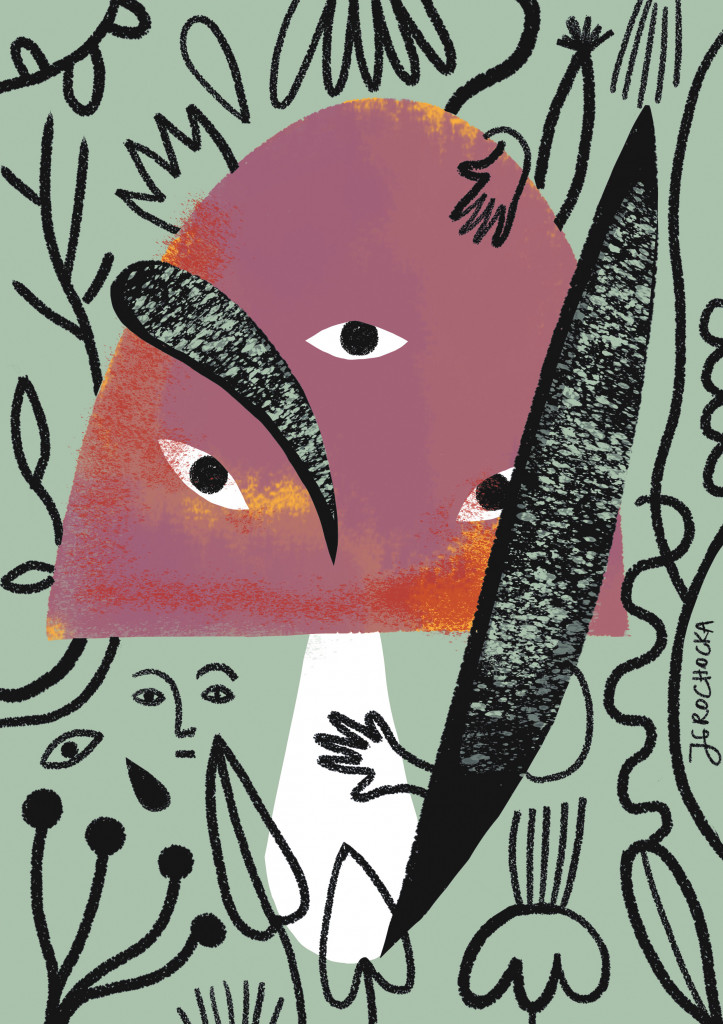
Translated from the Polish by Nathaniel Espino

